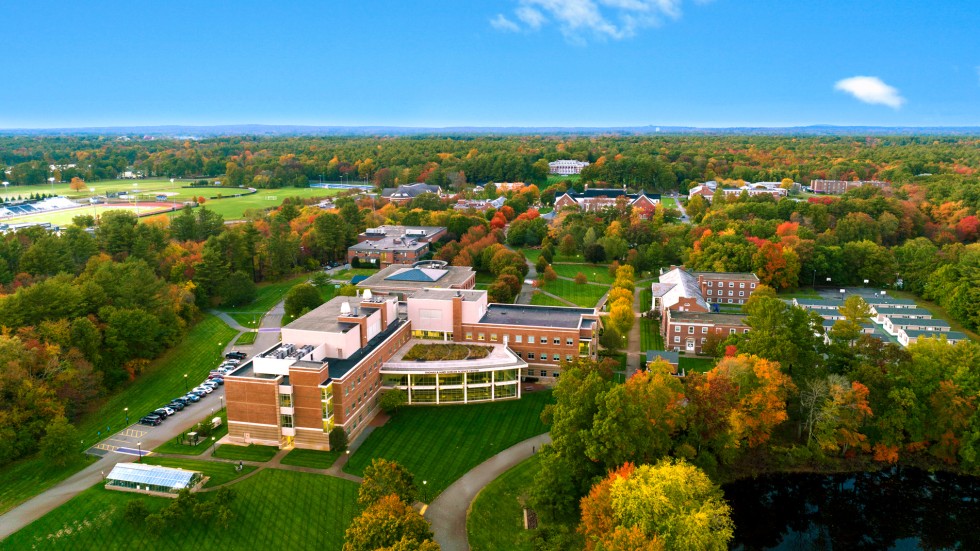| |
Dec 27, 2025
|
|
|
|
|
2020-2021 Hill Book (Class of 2024) [ARCHIVED HILL BOOK]
Arts and Visual Culture, B.A.
|
|
Department Chairperson:
The major in Arts and Visual Culture requires the completion of 33-35 credits.
Students must choose a Concentration in Arts Administration, Studio Arts, or Visual Studies.
|
Complete Five Core Courses
Choose One of the Following Concentrations
Arts and Visual Culture majors must choose a Concentration in Arts Administration, Studio Arts, and Visual Studies. Arts Administration Concentration
Majors with a concentration in Arts Administration will: - acquire the necessary knowledge and skills for careers in management in cultural institutions including a solid foundation in business.
- develop an understanding of arts organizations such as galleries, museums, or performin arts venues
- apply their study in ‘real-world’ work place environments through internships (both domestic and international), and through the capstone curatorial course,.
- be directly exposed to professionals in the field through guest lecturers and trips.
Studio Arts Concentration
Majors with a concentration in Studio Arts will: - learn to think creatively and holistically.
- develop critical thinking skills.
- work productively in groups and learn teamwork.
- problem solve.
- learn to give and receive criticism gracefully and effectively.
- learn the fundamental skills and vocabulary of art and of visual communication.
- be exposed to and gain appreciation for a wide variety of artistic practices and traditions
- explore new as well as traditional media.
- create and display a body of creative work.
- Develop practical skills to sustain and maintain creative practice outside of college.
Visual Studies Concentration
Majors with a concentration in Visual Studies will: - understand and employ different art historical methods of research and criticism.
- develop effective communication skills, both written and oral,.
- develop a knowledge of a wide range of visual objects from contemporary art and commerce from around the world and throughout different times.
- integrate experiential learning and art historical theory and practice.
|
|
|
